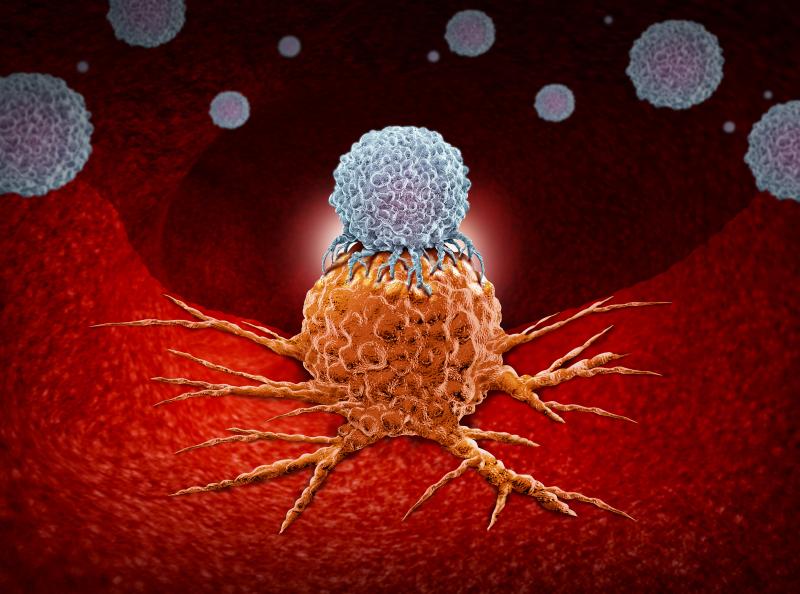
A 24-week course of dual anti-HER2 treatment produces a numeric increase in response rates compared with a 12-week course without using chemotherapy in women with breast cancer harbouring a HER2 mutation, according to the results of a phase II trial.
The trial combined a Simon phase II design in the experimental arm with a pick-the-winner design. A total of 97 women with HER2-positive breast tumours measuring ≥2 cm (median, 5 cm) were randomly assigned to receive 12 (n=33) or 24 weeks (n=24) of lapatinib plus trastuzumab.
In patients whose tumours were also oestrogen receptor (ER)-positive, letrozole (along with ovarian suppression if premenopausal) was administered. All evaluable patients were assessed for in-breast pathologic complete response (pCR).
Of the patients, 94 were evaluable. The median age of the cohort was 51 years, and 55 percent were postmenopausal. Median tumour size was 5 cm, and 65 percent were ER-positive. The longer treatment arm showed superiority over the shorter arm in terms of the rate of pCR (28 percent vs 12 percent). The increased response observed with the 24-week course was driven by an increased pCR in the ER-positive subgroup (33 percent vs 9 percent).
Treatment was well tolerated, with grade 1–2 diarrhoea and acneiform rash being the most common toxicities.
The findings, if validated, may help identify patients who may benefit from de-escalation of therapy, researchers said.